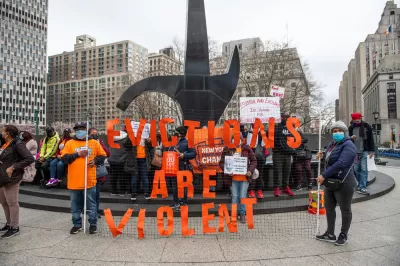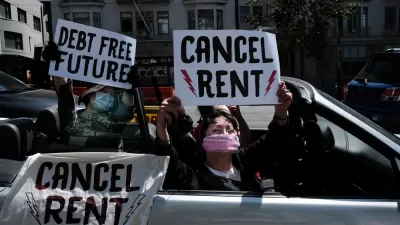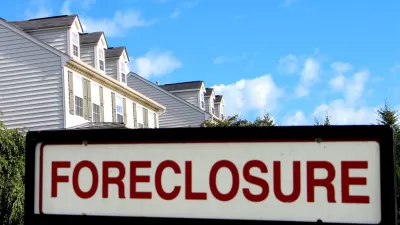With relatively few strings attached to the $350 billion in funds states and municipalities will receive, the door is wide open for governments to make a dent in their housing needs. But will they?

When President Joe Biden signed his $1.9 trillion coronavirus relief package into law in March, it came with significant funding to stanch the housing emergencies created by the pandemic. The American Rescue Plan Act (ARPA) has $21.5 billion for emergency rental assistance, $10 billion for mortgage relief, $5 billion for housing choice vouchers, $5 billion for homelessness services and shelter acquisition, $750 million for housing assistance for Native Americans and Native Hawaiians, and $100 million for rural housing assistance.
But it turns out that is only a fraction of the funding in ARPA that could be used for affordable housing.
The act contains more than $350 billion for states and local municipalities—a fairly open-ended pot of money that can be used to fund a huge swath of needs, such as development, social safety net, education, public health, and more. In mid-May, the U.S. Department of the Treasury published guidance for how states and cities can spend the billions coming their way, and it makes clear that affordable housing development, housing vouchers, housing counseling, and other programs are approved uses when spent in Census tracts with high concentrations of low-income residents or on people disproportionately impacted by the pandemic.
Preservation Working Group, a Pittsburgh coalition of housing advocates, developers, public health workers, and others, is lobbying Pennsylvania state officials to use ARPA funds for affordable housing and to bolster the participation of developers of color in the affordable housing industry. The coalition faces something of an uphill battle, with a ...
FULL STORY: Rescue Plan has Billions Available for Housing, Advocates Urge Officials to Take It

Maui's Vacation Rental Debate Turns Ugly
Verbal attacks, misinformation campaigns and fistfights plague a high-stakes debate to convert thousands of vacation rentals into long-term housing.

Planetizen Federal Action Tracker
A weekly monitor of how Trump’s orders and actions are impacting planners and planning in America.

San Francisco Suspends Traffic Calming Amidst Record Deaths
Citing “a challenging fiscal landscape,” the city will cease the program on the heels of 42 traffic deaths, including 24 pedestrians.

Defunct Pittsburgh Power Plant to Become Residential Tower
A decommissioned steam heat plant will be redeveloped into almost 100 affordable housing units.

Trump Prompts Restructuring of Transportation Research Board in “Unprecedented Overreach”
The TRB has eliminated more than half of its committees including those focused on climate, equity, and cities.

Amtrak Rolls Out New Orleans to Alabama “Mardi Gras” Train
The new service will operate morning and evening departures between Mobile and New Orleans.
Urban Design for Planners 1: Software Tools
This six-course series explores essential urban design concepts using open source software and equips planners with the tools they need to participate fully in the urban design process.
Planning for Universal Design
Learn the tools for implementing Universal Design in planning regulations.
Heyer Gruel & Associates PA
JM Goldson LLC
Custer County Colorado
City of Camden Redevelopment Agency
City of Astoria
Transportation Research & Education Center (TREC) at Portland State University
Jefferson Parish Government
Camden Redevelopment Agency
City of Claremont





























